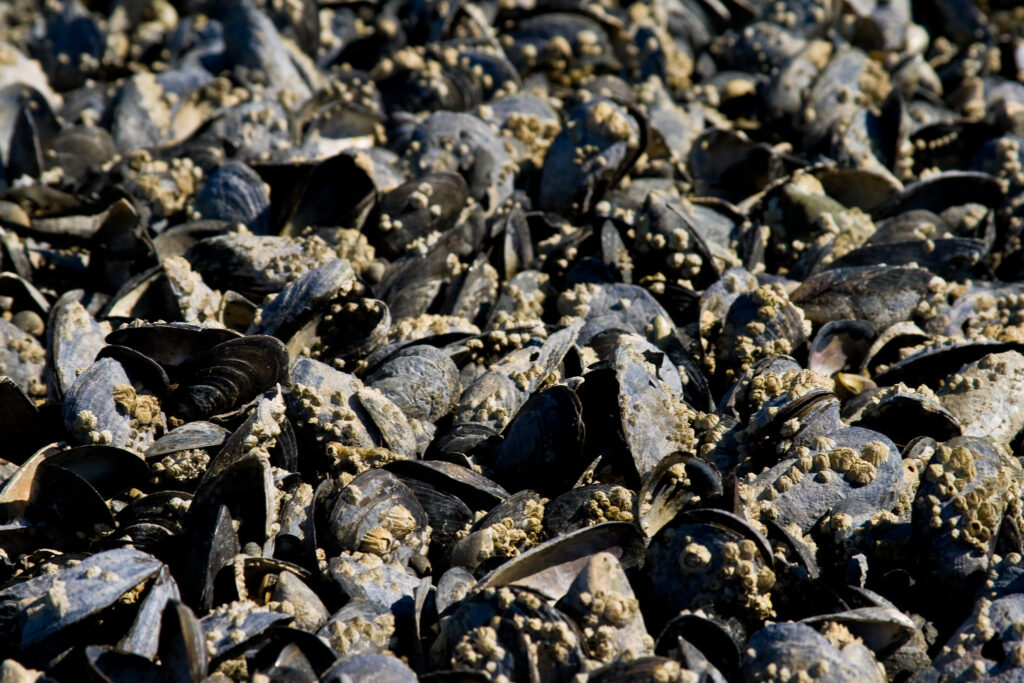
Plastic debris comes in all different shapes and sizes, but pieces that are less than five millimeters in length are called microplastics. Microplastics are everywhere, including in the food we eat, the water we drink, and the air we breathe.
Much of the oceanic microplastic pollution comes from the breakdown of plastic litter. Another source of microplastic pollution is microbeads. Microbeads, which are sometimes added to cleansing and exfoliating personal care products, pollute the environment when they get flushed down the drain.
According to a new study by researchers at Hull York Medical School and the University of Hull in the U.K., mussels, oysters and scallops have the highest levels of microplastic contamination among seafood. The research team examined 50 studies between 2014 and 2020 to determine the levels of microplastic contamination globally in fish and shellfish. The team found that microplastic content was 0-10.5 microplastics per gram in mollusks, 0.1-8.6 microplastics per gram in crustaceans, and 0-2.9 microplastics per gram in fish.
The researchers found that mollusks collected off the coasts of Asia were the most heavily contaminated with microplastics. China, Australia, Canada, Japan and the United States are among the largest consumers of mollusks, followed by Europe and the U.K.
While the human health implications of consuming microplastics are not well understood, early evidence from other studies suggest they do cause harm.
According to the research team, more data is needed from different parts of the world in order to better understand how microplastics vary between different oceans, seas, and waterways.
**********
Web Links
Highest levels of microplastics found in molluscs, new study says
Photo, posted September 3, 2007, courtesy of Andrew Malone via Flickr.
Earth Wise is a production of WAMC Northeast Public Radio.
Leave a Reply